Didereaux
Been spending a lot of time on here!
- Joined
- Oct 29, 2013
- Messages
- 2,372
- Reaction score
- 1,587
- Location
- swamps of texas
- Website
- tinyurl.com
- Can others edit my Photos
- Photos OK to edit
This article is so clear, concise, and well illustrated that I doubt there is a single photographer around that won't take something away with them after reading it. It explains the 3 exposures: Metered, Proper, and OPTIMUM.
The Optimum Digital Exposure - Luminous Landscape
The Optimum Digital Exposure - Luminous Landscape



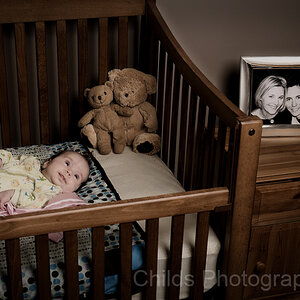
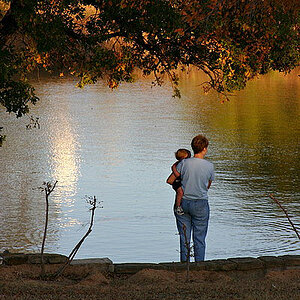
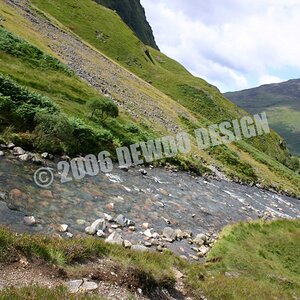
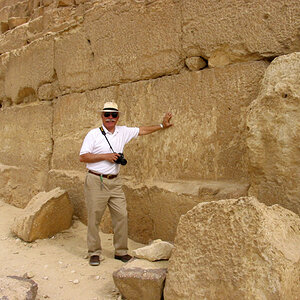
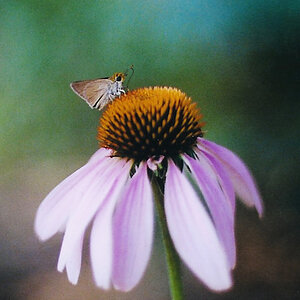
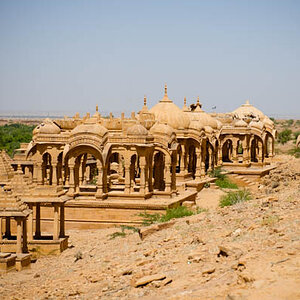
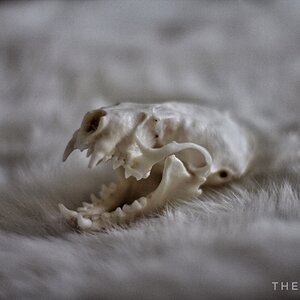

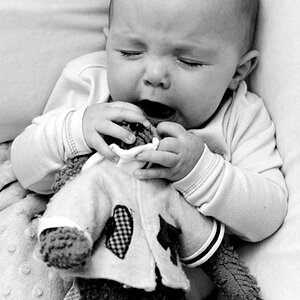
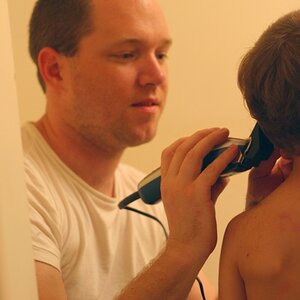
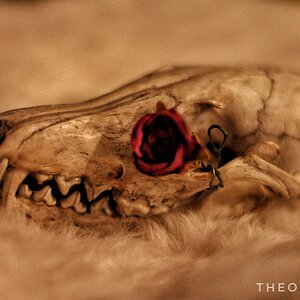
![[No title]](/data/xfmg/thumbnail/39/39291-a89dc472765e04f66f617dd9acc8030d.jpg?1619738958)